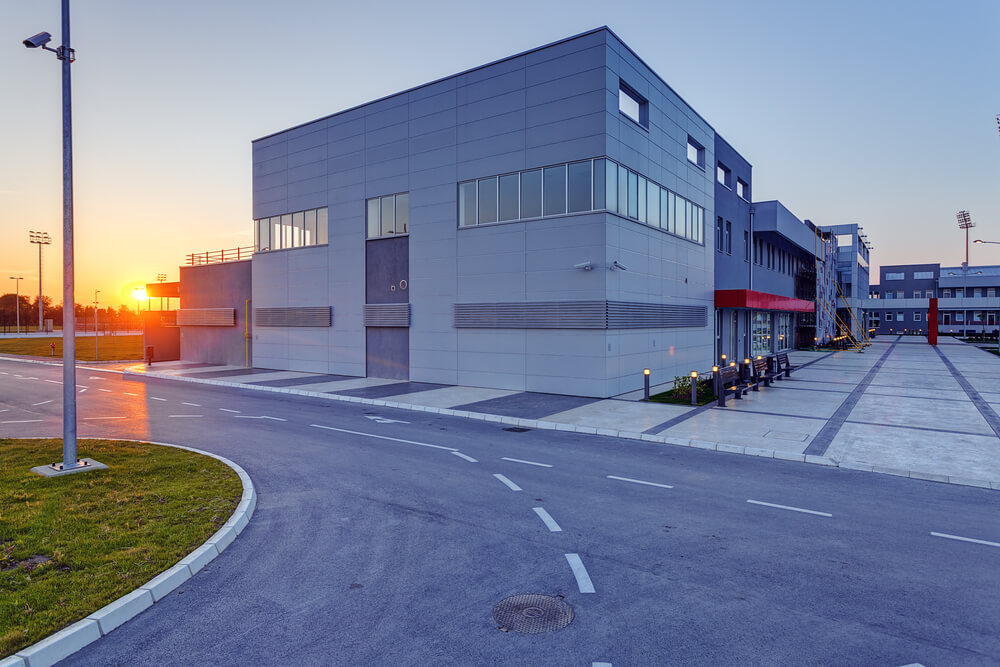Industrial buildings are key infrastructure components in the industrial sector. They are intended for various industrial purposes, such as production, storage, and distribution of goods. In this article, we will explore the advantages and disadvantages of industrial buildings for both owners and users.
Advantages of Industrial Buildings
One of the main advantages of industrial buildings is their flexibility and adaptability. These buildings can be designed and customized to meet the specific needs of the industry carried out within them. It is possible to adjust the space for production lines, storage capacities, logistics needs, and other industrial processes. This allows for efficient use of space and optimal organization of work activities.

Industrial buildings also provide ample space for the storage and processing of goods. With large open spaces and high ceilings, these buildings can accommodate large quantities of materials and products. This is vital for industries involved in the manufacturing, storage, and distribution of goods.
Another advantage of industrial buildings is their location. These buildings are often constructed in industrial zones that are well-connected to roads, railways, and other transportation infrastructure. This enables easy access to raw materials and distribution of finished products, which can help reduce logistics costs and improve business efficiency.
Industrial buildings are also often designed and built with specific security measures. This may include fire protection systems, video surveillance, security barriers, and other measures. Worker and property safety is crucial in industrial environments, and these measures provide a secure working environment.
Disadvantages of Industrial Buildings
While industrial buildings have many advantages, they also have some disadvantages to consider. One of them is the high initial cost of construction or purchase of these properties. Industrial buildings can be more expensive than other types of real estate due to the need for specific design, specialized equipment, and high-quality materials.
Maintenance of industrial buildings can also be challenging. Large areas, specialized equipment, and industrial processes may require regular maintenance and repairs. This can lead to additional costs for owners and require specially trained personnel for maintenance.

Industrial buildings can also be limited in terms of flexibility and adaptability. While flexibility is one of the advantages of industrial buildings, there is a certain limit to changing the purpose or adapting the space for new industrial processes. Changing the purpose of the facility or transitioning to new technologies may require significant modifications or even the construction of new buildings.

Industrial buildings play a crucial role in supporting the industrial sector. Their advantages include flexibility, adaptability, ample storage space, and good location. However, disadvantages such as high initial costs, maintenance, and limited flexibility must be taken into account.
The final choice between industrial buildings and other types of real estate will depend on the specific needs and goals of the industrial enterprise. It is important to carefully assess the advantages and disadvantages to make an informed decision about the best solution for your business. Managing industrial buildings requires proper planning, regular maintenance, and monitoring of industry changes to ensure efficiency and competitiveness.



